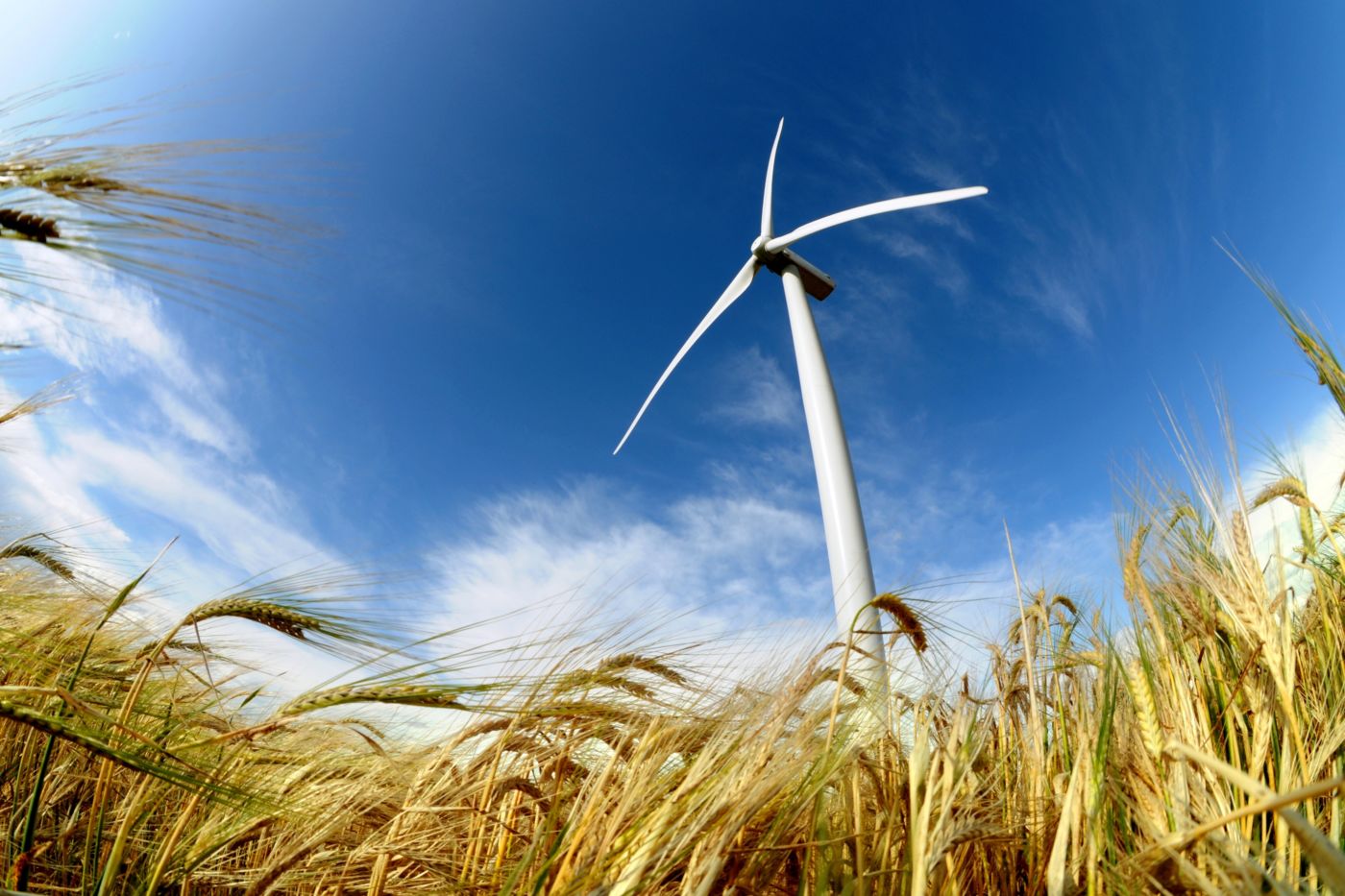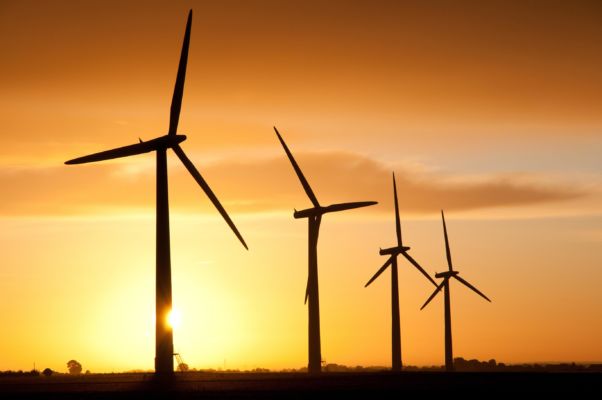The importance of preparation
While downtime is necessary in certain situations – during routine repairs, for instance – it is generally considered a costly inconvenience. Keeping unscheduled downtime to a minimum is a matter of reducing the frequency and severity of faults and responding effectively to breakdowns. However, the complexity of turbines means that certain issues are unavoidable.
Attributable to 50 percent of breakdowns, the main cause of turbine downtime is the failure of electrical and control systems. Faults with generators, converters, transformers, and conductors are so common because of the complex nature of the machinery. There is no solution for this; in fact, controllers are becoming increasingly technical. As such, how long a turbine remains out of operation depends on how quickly a maintenance team can resolve the issue. For this reason, it is crucial that technicians are sufficiently trained and motivated, with access to a comprehensive logistics plan that prepares them for all eventualities.
Healthy components
Of course, it is not only defective electrical equipment that triggers downtime; serious problems with any of a turbine’s major components can keep it out of action. Bearings, for example, are an essential part; when they break down, the turbine itself inevitably follows. And since they are subject to heavy loads, they are particularly prone to developing weaknesses. Properly lubricating the component helps to prevent premature fatigue and keep the turbine running. If the bearing is already damaged, then remanufacturing could cut out the lengthy lead times associated with ordering a replacement, thereby minimizing downtime.
If a more serious incident occurs, condition monitoring can help determine the best course of action.
As another means of keeping components healthy and averting failures, wind energy operators can deploy condition monitoring. By providing greater insight into the performance of a turbine and its subsystems, the method allows operators to detect and resolve defects before they escalate. Moreover, if a more serious incident does occur, condition monitoring can help determine the best course of action. In this way, the technology plays a significant role in avoiding unnecessary downtime.
Down with downtime
In the wind power industry, downtime is considered an inevitable nuisance – but there are many cases where it can be entirely avoidable. Aside from during scheduled maintenance and repairs, there is no reason turbines should remain out of operation for extended periods. By maintaining components, anticipating defects, and responding quickly to breakdowns, wind farm operators can allow their turbines to remain in motion.



